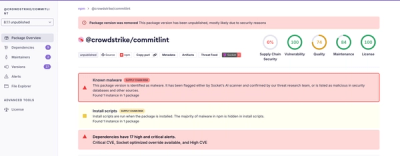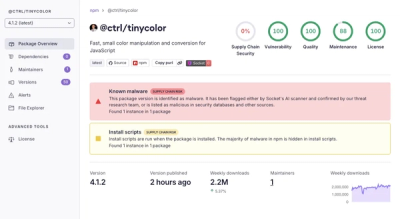Media
A Media Toolkit.
Text-to-speech is currently available.
Other features will be developed in the future.
Thanks for Microsoft Azure!
Release Note
Quick Start
Get the keys
See "Get the keys for your resource - Azure"
Text-to-speech
from media import Voice
text = "One Piece! Dragon Ball! Doraemon! Naruto!"
voice = Voice("YourSubscriptionKey", "YourServiceRegion")
voice.speak(text)
voice.speak(text, lang=Voice.LANG.JA_JP, voice_name=Voice.NAME.FEMALE.JA_JP_NANAMI)
voice.save(text)
Use phonemes to improve pronunciation
from media import Voice, SSML
voice = Voice("YourSubscriptionKey", "YourServiceRegion")
ssml = SSML()
ssml.voice = {
"text": "His name is Mike [Zhou]",
"phonemes": [{
"word": "Zhou",
"alphabet": "ups",
"ph": "JH AU",
}]
}
voice.speak(ssml)
The values of alphabet and ph can refer to here, see: "Use phonemes to improve pronunciation - Azure"
Error detection
success = voice.speak()
if not success:
print(voice.error)
View the generated XML for SSML
from media import SSML
ssml = SSML()
print(ssml)
ssml.dump()
Full Example
Text-to-speech, in a different tone.
from media import Voice, SSML
voice = Voice("YourSubscriptionKey", "YourServiceRegion")
ssml = SSML(lang=SSML.LANG.ZH_CN, voice_name=SSML.NAME.FEMALE.ZH_CN_XIAO_XUAN)
ssml.voice = "啊?"
ssml.voice = {
"text": "这是可以说的吗?",
"role": SSML.ROLE.YOUNG_ADULT_FEMALE,
"style": SSML.STYLE.CHEERFUL,
"rate": SSML.RATE.MEDIUM,
}
ssml.voice = {
"text": "啊,可以可以",
"name": SSML.NAME.FEMALE.ZH_CN_XIAO_MO,
"style": SSML.STYLE.FEARFUL,
"role": SSML.ROLE.OLDER_ADULT_FEMALE,
"degree": "2",
}
ssml.voice = {
"text": "没事没事",
"name": SSML.NAME.FEMALE.ZH_CN_XIAO_MO,
"style": SSML.STYLE.SAD,
"role": SSML.ROLE.OLDER_ADULT_FEMALE,
"degree": "2",
"rate": SSML.RATE.FAST,
}
voice.speak(ssml)
If you want to save:
voice.save(ssml)
If you want to save and customize the name or location:
voice.save(ssml, path="这是可以说的吗.mp3")



